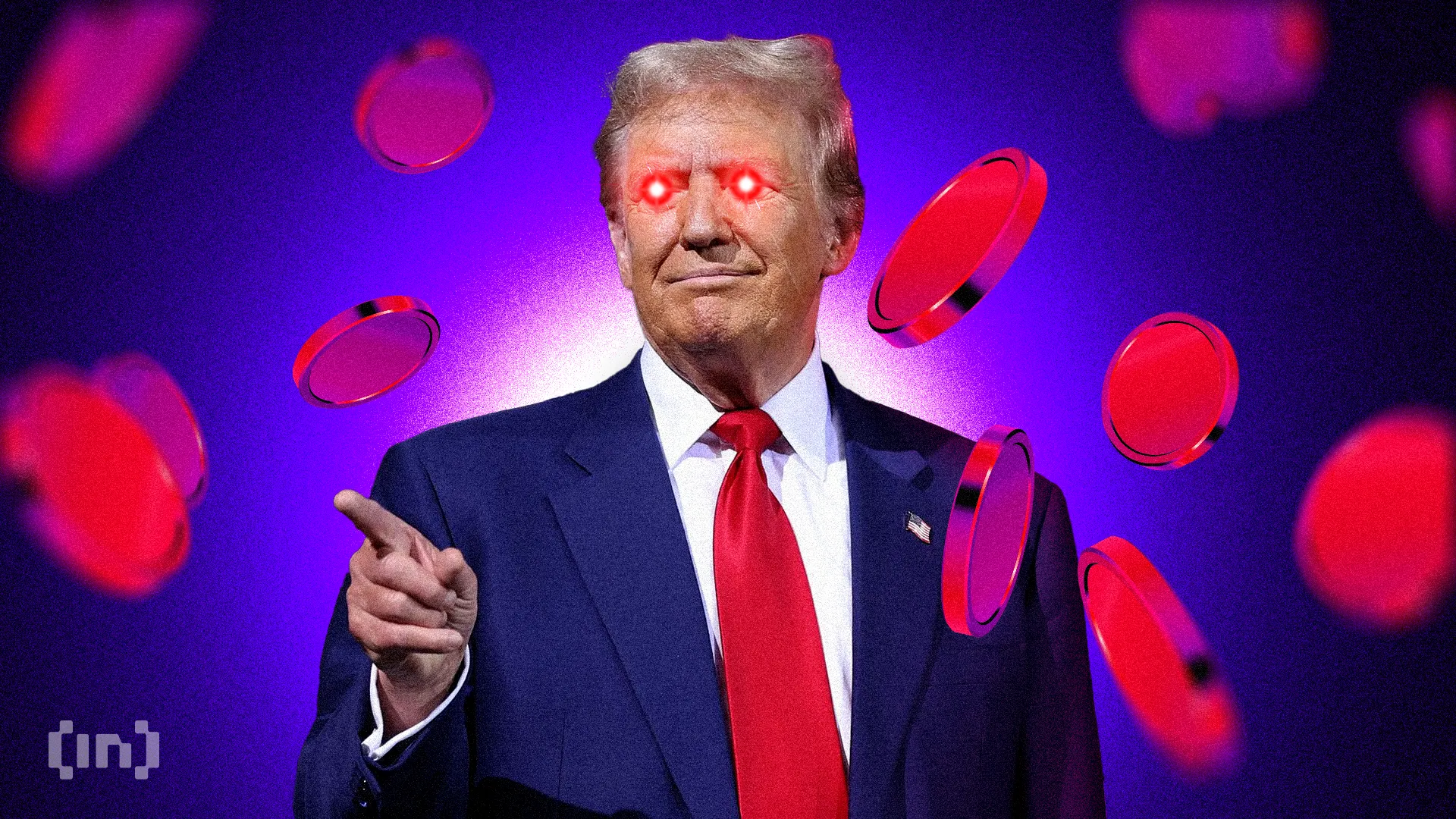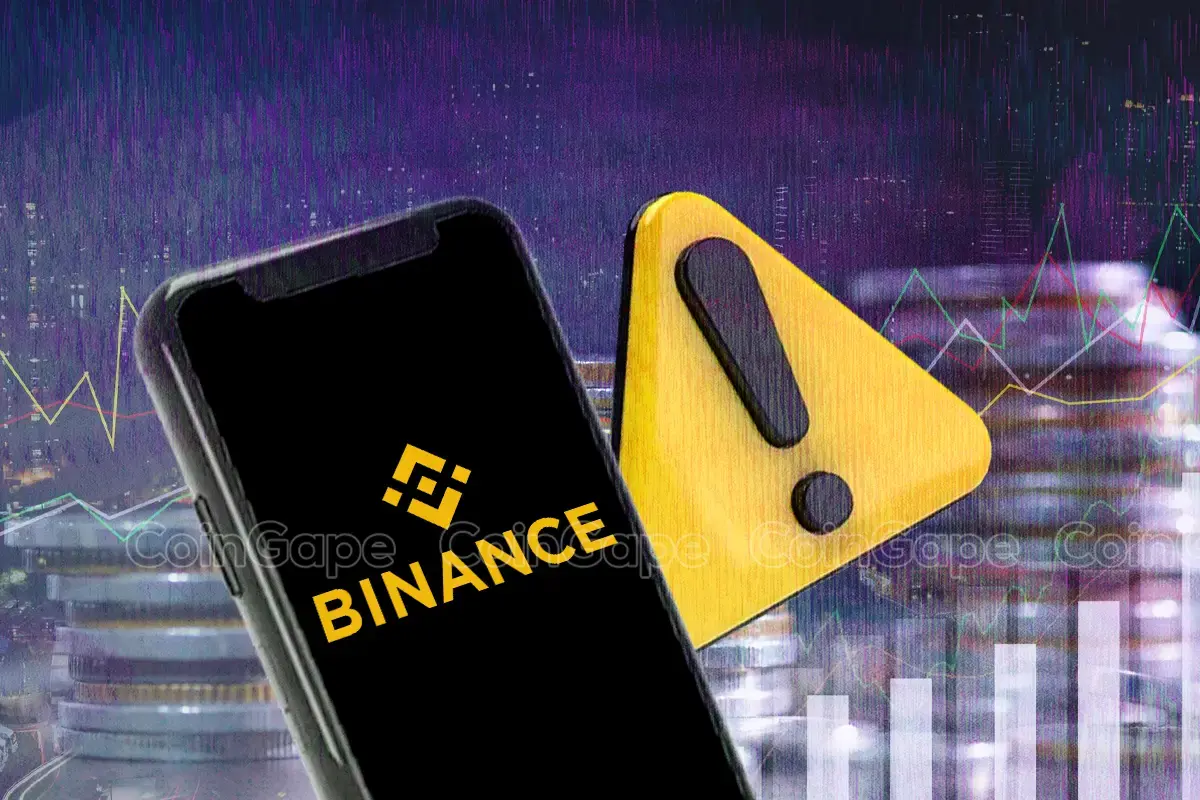Market
Market Making and Beyond: Insights from Vortex Co-Founder


Vortex, a prominent market maker, has become a reliable solution for projects facing growth and liquidity challenges. Founders often struggle with issues like stagnant token performance, weak chart metrics, and the risk of delisting from exchanges. Vortex addresses these problems with effective market-making algorithms, liquidity provision, and tailored advisory services that support project success.
In this interview, Vortex’s Co-Founder Gleb Gora discusses with BeInCrypto how the company’s’s strategic approach is driving sustainable growth for crypto projects in today’s competitive market
Can you share how Vortex started and how it evolved over time?
Vortex was first started as a vision of managing and growing wealth, providing an efficient trading infrastructure for professional and institutional traders in crypto. However, since 2021, we’ve seen a bigger opportunity in another niche, which was still pretty empty back then — market making. That’s when our vision consolidated into this journey and we’ve decided to fully move into the world of market making.
Vortex has adopted several unique market approaches, including various tech innovations and a broad range of strategic offerings for projects. However, what truly sets us apart is our client service. Over the years, we’ve refined our client communication to the highest level compared to our competitors. This focus on communication is a key metric where Vortex excels, contributing to our 93% client retention rate in 2023 and 85% year-to-date — outpacing the industry average by 25-30%.
Understanding your client needs is vital for any business, alongside efficient communication, which is absolutely crucial for profitable market making, especially when it comes to strategies based on project’s KPIs and unique needs. Alongside 24/7 support, that’s one of the key reasons why most of our clients make money while working with Vortex.
How does the world of market making look from the inside?
Since the beginning, we introduced Vortex’s proprietary trading software and dashboard, and we continuously improve them on a dynamic basis. Without spoiling all the juice, here are some of the key metrics and tools we rely on when managing markets.
- Order book integration from CEX with increased order history and added metrics which allow us to analyze the order book within seconds and make informed decisions based on that. Those metrics include order segregation, historical order book data, combined data across all exchanges and instant order execution based on that.
- Batch orders. A basic feature which allows you to instantly place multiple orders or execute them.
- Dynamic orders, a feature which allows to put efficient buy and sell walls.
- Advanced order execution, an automated tool which trades with the best bid and ask order to ensure dynamic trading environment.
- Proprietary trading algorithms designed for both T1 and T2 markets, tailored to meet the specific needs of each project. One of the most in-demand systems is our treasury-building algorithm.
- Additionally, we continuously refine a range of innovative tools, including metrics for stats, balance deltas, built-in PNL tracking, and more. We update and improve these features daily to ensure they deliver optimal market insights.
It’s very important to have a panel which meets all of the essential needs MMs face. An effective dashboard is a major part of success when it comes to executing most market making strategies, especially dynamic ones.
What are the main challenges market makers might face?
Market makers face various daily challenges, making it crucial to have dynamic tools for tracking accurate real-time data and automated algorithms that can trade without constant human intervention.
One of the most common issues is dealing with market takers who sell into the liquidity provided during volatile conditions. Market makers must offer liquidity 24/7, even in turbulent environments. During sell-offs or periods of high volatility, market takers can exploit this liquidity, leading to losses. While effective risk management and dynamic order strategies can mitigate this risk, it remains a key focus area for MMs.
In retainer-based market making, specific risks arise from inadequate client KPIs, especially in illiquid markets. A typical issue is excessive price support requested by projects without sufficient budgets or clear goals, leading to unnecessary spending. While not a direct risk, this challenge highlights the importance of projects listening to expert traders to avoid costly mistakes.
Does Vortex expand beyond market making?
Becoming a full-fledged token partner is one of the key visions behind creating Vortex. Apart from providing market making service, Vortex always goes beyond that and actively supports clients on:
Marketing. Vortex goes beyond standard market making by offering strategic marketing assistance. This includes introducing clients to top Key Opinion Leaders (KOLs) and leading marketing agencies. Vortex also offers guidance on developing and implementing marketing plans. This helps projects gain visibility and reach their target audience effectively.
Smart Contract Audits. Vortex ensures that projects are built on a secure foundation by offering comprehensive smart contract audits. These audits are conducted both in-house and through trusted partners, focusing on identifying potential vulnerabilities and ensuring the robustness of the contract’s code. This helps prevent security breaches and instills confidence in the project’s community and investors.
Strategic Web3 Advisory. Beyond market making, Vortex offers in-depth advisory services tailored to the unique challenges and opportunities within the Web3 space. This includes guiding clients through token launches, ecosystem development, and long-term strategic planning. The goal is to help projects achieve sustainable growth while navigating the rapidly evolving landscape of decentralized technologies.
Tokenomics Development and Audit. Vortex assists projects in designing and refining their tokenomics, ensuring that the economic model aligns with long-term project goals. This service includes auditing existing tokenomics structures to identify inefficiencies or areas for improvement. By offering data-driven insights, Vortex helps projects create token models that support liquidity, incentivize engagement, and foster ecosystem stability.
Providing all of the mentioned services proves highly valuable for many clients, as it ensures that market-making strategies align seamlessly with project plans and development timelines. This holistic approach enhances the effectiveness of market-making efforts by directly supporting the broader goals of each project.
Beyond these services, Vortex actively collaborates with over 20 launchpads and 15 venture capital firms, helping projects secure primary funding. We also plan to introduce our own launchpad by Q2 2025, further expanding the ecosystem.
What are the main trends driving the market right now, and where do you see things heading next?
Since I’ve started my journey in Web3, I’ve seen the space evolve so many times that it actually makes crypto completely different from what it was back in 2017. The NFT bags from 2021 are not going back to their ATH, most L0/1s turned out to be useless even as of today, rugs are more common than during the ICO boom and memes are now a major share of Web3.
I guess we can say that the space has evolved from building and innovating exciting tech to mostly pumping our own bags. We stopped caring about the fundamental part of most coins, predominantly focusing on hype, momentum and greed. Most innovative AI and blockchain projects are going down, while the Solana ecosystem grew. It’s obviously a temporary stage of the market, but it still sets us back from the initial vision behind Bitcoin in the first place.
I do believe that the next stage of crypto will be characterized as a stage of mass institutional adoption of crypto, which will completely evolve the space. DeFi and CeFi will most likely be even less interlinked than today, with DeFi slowly losing its market share over the years due to increased regulations from most nations.
The ETFs will be the key cash inflow to the market, influencing major altcoins and helping other similar projects grow as a whole asset class. Just like in every bull market before, most projects will lose a significant portion of their market cap, while others will capture their market share and many new solutions will appear, with a strong emphasis on RWA, AI and dApps.
What are the key factors that can make or break a project’s success?
Web3 is a very fascinating and somewhat complicated space with a unique blend of important traits a project has to have to become the next big thing. When it comes to success factors though, I would typically tend to divide short term success and long term vision as to different yet somewhat interconnected aspects.
Good momentum is achieved through a combination of effective community management, good brand that vibes with the overall space and/or strong support from respected industry experts. If those three are executed to a top-notch level, projects have enough momentum to generate sufficient buzz to shoot for the “next big thing” type of project. When it comes to long term success, we do have to account for more technical aspects — team execution, funding and economic model and, most importantly, the idea or vision itself.
Partnerships, backers and the overall vibe is crucial in helping the project get the initial traction — with enough experience, you can typically distinguish projects that have a shot from those that don’t in less than one minute just by checking those metrics.
Disclaimer
In compliance with the Trust Project guidelines, this guest expert article presents the author’s perspective and may not necessarily reflect the views of BeInCrypto. BeInCrypto remains committed to transparent reporting and upholding the highest standards of journalism. Readers are advised to verify information independently and consult with a professional before making decisions based on this content. Please note that our Terms and Conditions, Privacy Policy, and Disclaimers have been updated.
Market
3 Bullish Altcoins Surging After Trump’s Tariff Pause
Altcoins are showing fresh signs of life following Trump’s 90-day tariff pause, and three names in particular—XRP, HYPE, and ONDO—are catching investor attention.
Each has its own catalyst: XRP is getting a regulatory boost with Paul Atkins taking over the SEC, HYPE is defying the broader market downturn with impressive protocol revenue, and ONDO is riding the wave of rising institutional interest in Real-World Assets (RWA).
XRP
XRP fell sharply in the past month, losing 34% and dropping below $1.70 for the first time since November 2024. The decline came as macro uncertainty and regulatory pressure weighed on sentiment.
However, with Trump’s 90-day tariff pause and Paul Atkins confirmed as the new, pro-crypto SEC Chair, optimism is starting to return.
These developments could give XRP the regulatory breathing room it needs to regain momentum as one of the top-performing altcoins.
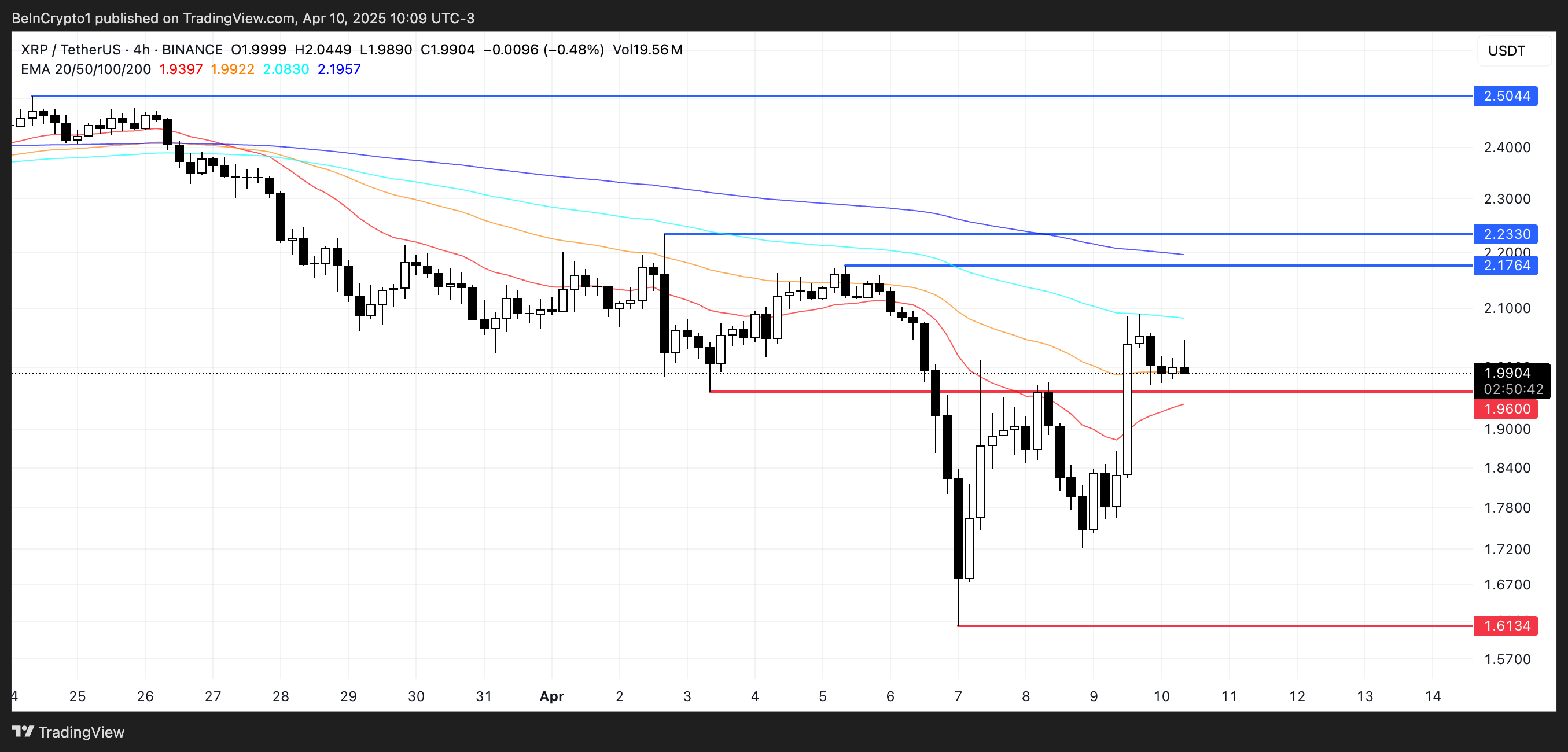
If that shift materializes, XRP may retest resistance at $2.17 and $2.23.
A break above those levels could set the stage for a push toward $2.50. Standard Chartered has even suggested XRP could overtake Ethereum by 2028, and Ripple’s acquisition of Hidden Road has fueled new expectations for rising institutional demand.
Still, holding $1.96 as support is key—if that level fails, a drop back toward sub-$1.70 lows remains possible.
Hyperliquid (HYPE)
HYPE has climbed 21.5% over the past week, defying the broader altcoin market downturn. The rally comes despite lingering criticism of the platform following the JELLY crisis, which raised concerns about Hyperliquid’s stability.
Still, traders seem to be regaining confidence, especially as the macro backdrop improves after Trump’s 90-day tariff pause.
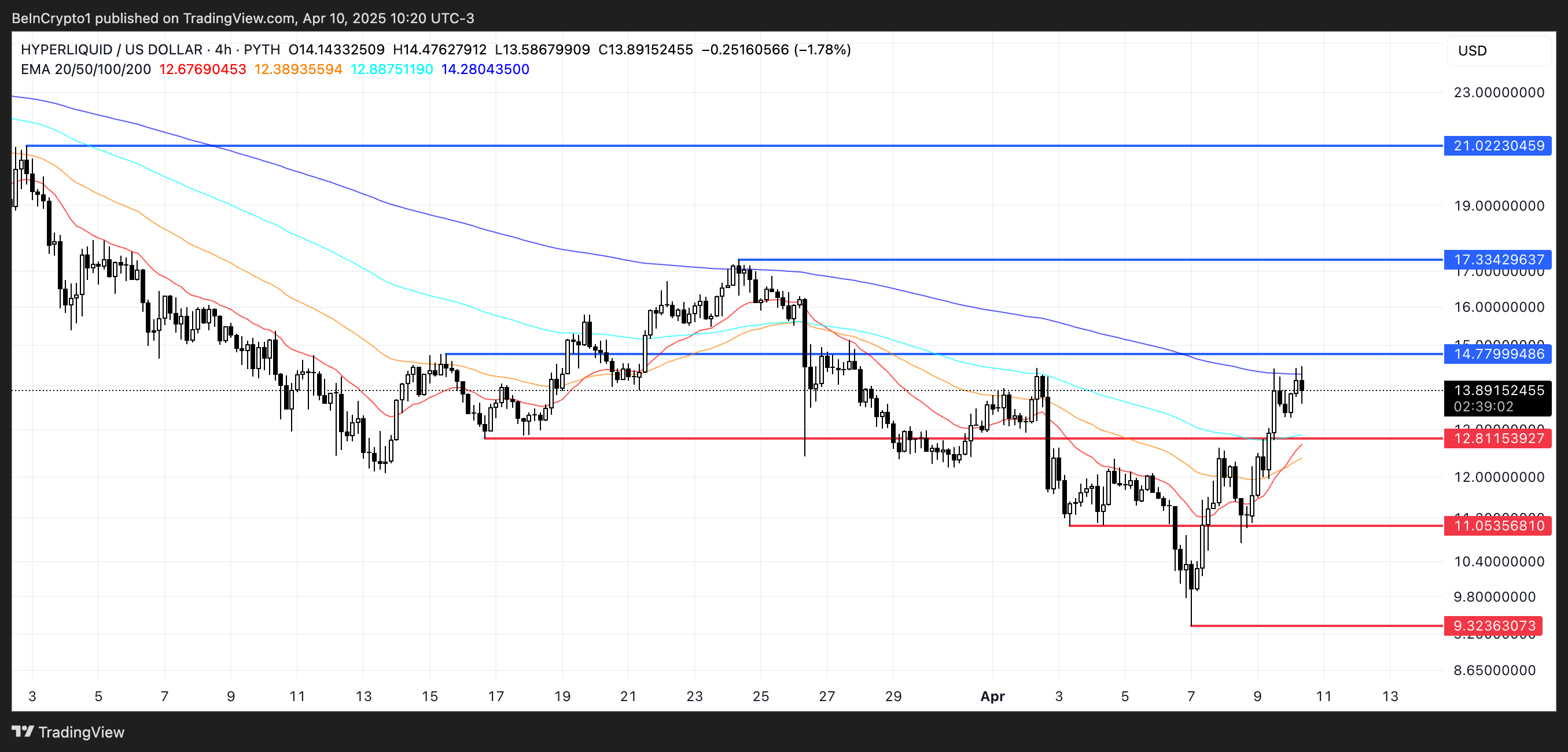
Hyperliquid remains a powerhouse in terms of protocol revenue, pulling in $38 million in fees over the past month—$2.4 million of that in just the last 24 hours—ranking it 6th globally, ahead of names like PancakeSwap and Tron.
If momentum holds, HYPE could push toward resistance at $14.77, and a breakout could lead to $17.33 or even $21. But if the rally stalls support at $12.81 becomes key; losing that could send the price back to $11 or even below $10 in a deeper correction
Ondo Finance (ONDO)
Real-world asset (RWA) tokens are gaining momentum as a defensive narrative in crypto, especially in light of global economic uncertainty.
Binance Research recently stated that RWA altcoins remain safer than Bitcoin during tariff-driven volatility.
At the same time, BlackRock’s BUIDL token is nearing $1.5 billion in assets, and Fidelity has entered the RWA tokenization race—signaling growing institutional commitment to this emerging sector.
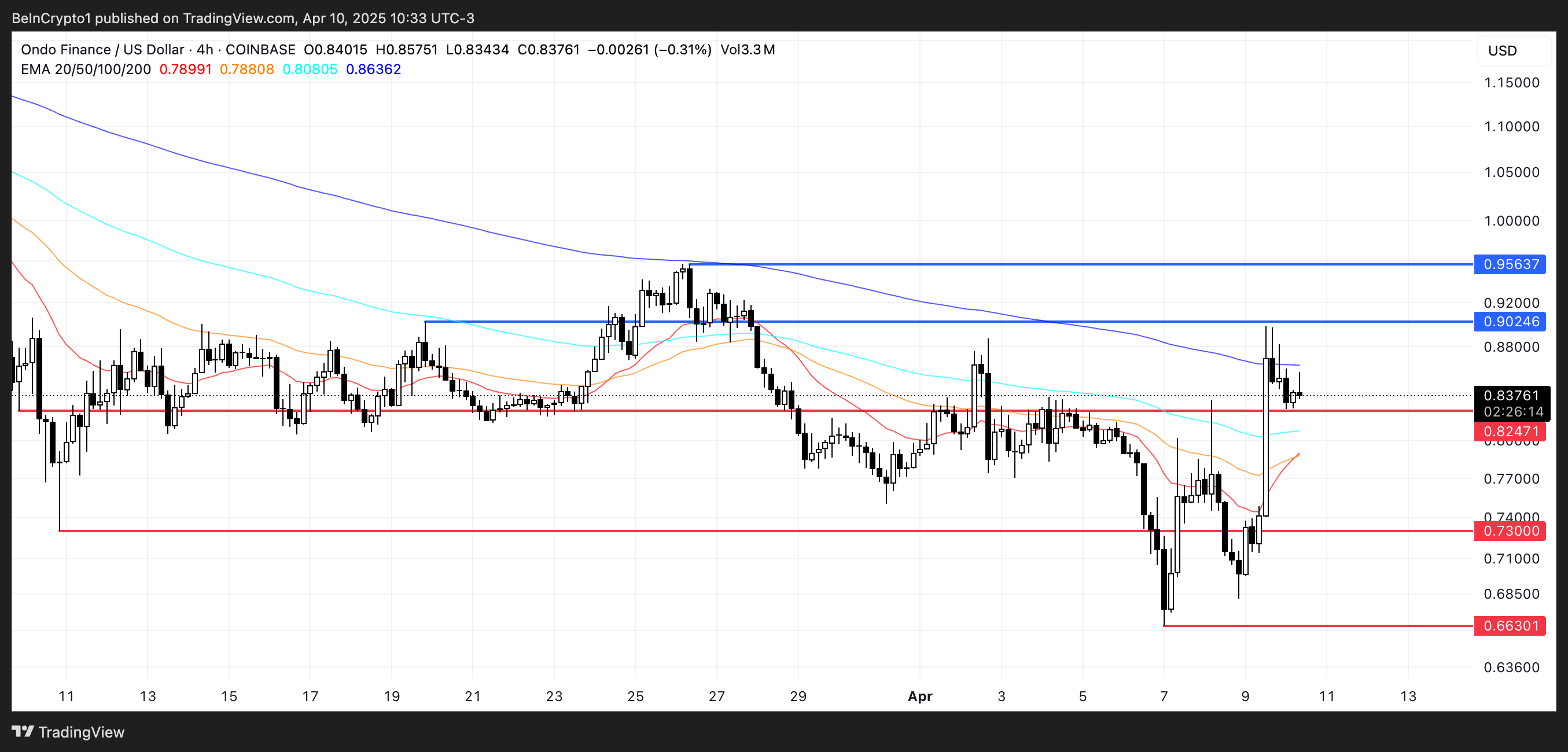
ONDO, one of the key tokens in the RWA space, is showing signs of strength on the charts, with a golden cross nearly forming.
If confirmed, ONDO could climb toward resistance levels at $0.90 and $0.95, with a breakout possibly pushing it above $1.
However, the price is hovering just above a key support at $0.82. If that level fails, the next downside target is $0.73, with a deeper slide potentially taking it below $0.70.
Disclaimer
In line with the Trust Project guidelines, this price analysis article is for informational purposes only and should not be considered financial or investment advice. BeInCrypto is committed to accurate, unbiased reporting, but market conditions are subject to change without notice. Always conduct your own research and consult with a professional before making any financial decisions. Please note that our Terms and Conditions, Privacy Policy, and Disclaimers have been updated.
Market
Fuser on How Crypto Regulation in Europe is Finally Catching Up
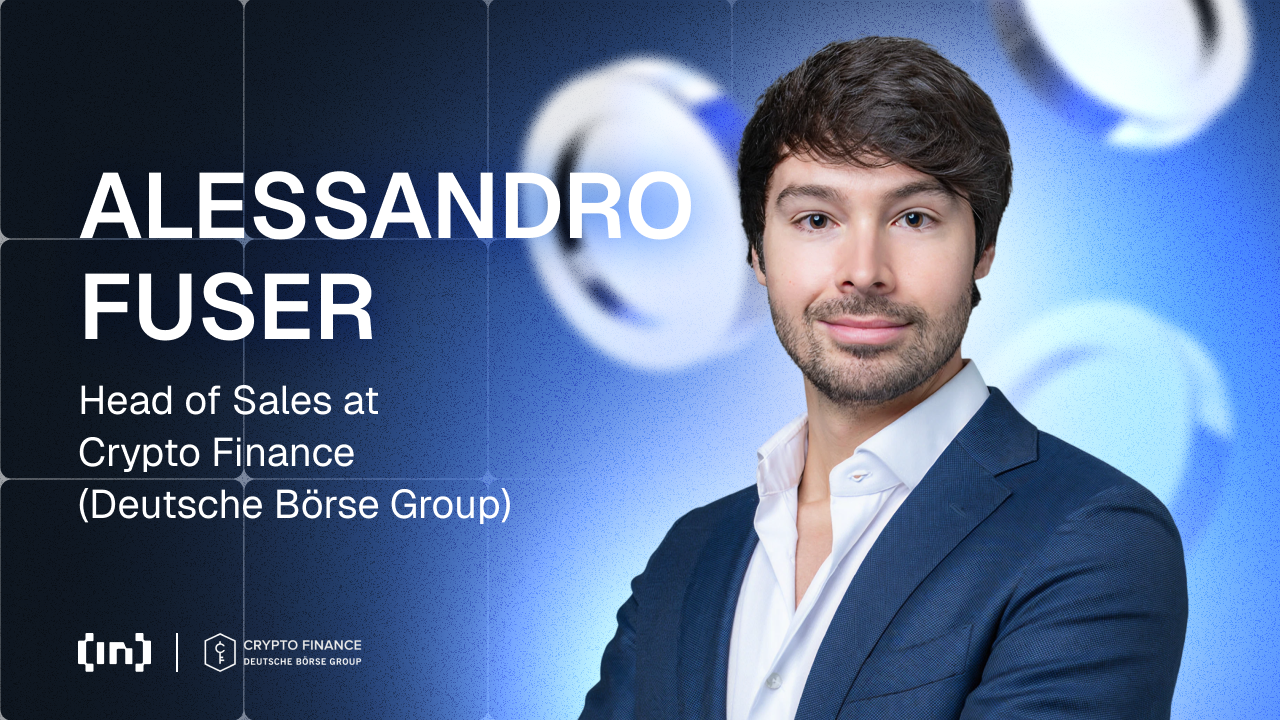

As crypto continues its transformation from fringe curiosity to legitimate asset class, traditional financial institutions are no longer sitting on the sidelines. In a candid conversation, Alessandro Fuser, Head of Sales at Crypto Finance, a firm enabling banks to navigate the digital asset world, unpacks how regulation, especially across Europe, is finally catching up with innovation.
Fuser breaks down how institutions are shifting from hesitation to action, the role of trust in this transition, and why the “start small but start now” approach is key to success. From the fallout of recent hacks to the promise of deeper liquidity access and the landmark partnership with Clearstream, this conversation maps out the evolving role of crypto infrastructure in mainstream finance.
Fuser on Crypto Finance Bridging TradFi and Crypto
At the end of the day, Crypto Finance provides market infrastructures to enable banks that are interested in crypto services to launch in a compliant and secured manner services across trading, custody, and post-trade settlements. My role as the head of sales is to enable them to go through this kind of journey in the safest way possible. With all the questions that, at the end of the day, different teams will have and ultimately create that level of familiarity that is needed for the traditional financial space to embrace new asset classes like crypto
Trust is important. Generally, there’s a difficulty in finding trust when there aren’t answers. The answers, especially now in 2025, obviously exist. The regulatory market is only now catching up in areas such as the European Union. So, a lot of what we do, especially as someone who’s been in Switzerland, working with Swiss banks that are alive in the space, is to provide visibility to other entrances as to how companies that they compare themselves to have done things. Phased approaches, starting in a conservative manner and only over time, add more complexity and more sophistication to the services so that they don’t have any reputational risks. They can take advantage of the opportunities of crypto as an asset class. And provide a service to their customers that is of the quality that they expect.
Shifting Attitudes and Regulations in 2025
I think the biggest difference is that despite everyone knowing that regulation in Europe is coming, the regulation is now here. On the back of this, a lot of different banks are formalizing projects, which up to that point they were not and only through experience do they effectively know what should and should not be done.
The speed at which a lot of these projects are now being formalized is obviously faster, mainly on the back of the elections and, to an extent, on the back of increased competitiveness that will exist with the United States now being more open to crypto as an asset class. So I think this is an important one. At the time I had talked about a degree of fragmentation in the market, when it came to custody, when it came to liquidity.
I think there are a number of initiatives that are ultimately making the landscape more efficient. Some of these initiatives are happening at a crypto-native level. I think about off-exchange services, which reduce your counterpart and your risk on the custody side and allow you to have exposure to markets. But this is also true on the custodial front, with companies such as Clearstream, for example, which is a traditional ICSD offering the new asset class without reinventing the wheel, simply allowing banks that they connected to leverage the connectivity and unlock the asset class.
Crypto’s Agility vs. TradFi’s Caution: Finding Common Ground
I like the juxtaposition. I don’t think that the two approaches are mutually exclusive. You have a secure compliant setup that isn’t necessarily boring or excessively conservative to make you lose the opportunity. And that’s potentially where, within a protective environment, it makes sense to experiment and “break things,” to use your words. Now, Crypto Finance, specifically being a regulated entity, obviously has more constraints. Having said this, what we do is to continue being innovative by partnering with all sorts of players in the market to reinforce our service offering, to future-proof our service offering without compromising at the end of the day the reputation and especially the status quo.
I would like to mention one thing, though: our experience is mainly revolving around regulated clientele and what we always advise is ‘start small, start simply, but do start’. And I think this is what has been missing in the past. The lack of certainty around certain things of even the complexity around launching a new offering, was oftentimes preventing the regulating intermediaries from getting into the space in the first place, which then resulted in a harder consumer protection because service providers were instead coming from a completely different angle.
So a lot of what we do now is that we try to push to get started with simple, close-look trading and custody, allow the banks, allow the product issuers to start accumulating experience with, for example, on the product issuer’s side a single token in ETP. This is not going to be the most revolutionary thing but it allows you to understand flows, and then add complexity, adding staking and over time potentially borrowing and lending.
Adapting to the Pace of Traditional Finance
To an extent, I believe that the decision making is still very much low in the regulated traditional financial space. At the same time, I have seen projects in the crypto space being formalized and enacted or executed at a pace that is significantly faster compared to potentially other asset classes in the past. And the reason is two folds: the market, I think, has validated the crypto asset class sufficiently. The competitiveness of, say retail brokers, neo-banks, crypto exchanges is obviously to an extent a threat to some of the traditional players, especially retail banks for example.
There have been outflows for the past couple years, which for some have hurt, but more importantly, the growth or the rate at which those outflows are happening is something that is raising the alarm here and there. So, the banks, because of this, are acting ; they’re making sure that they have the right amount of knowledge, the right amount of talent in house, and they’re starting somewhere.
Neo-Banks vs Traditional Banks: A Shift in Custody Models
I think there is a degree of disruption happening for sure. Also, the underlined service is being packaged differently but the substance isn’t really too different. I would also argue that some of the – let me use the word – “sexier” neo-banks, for example, of financial institutions that are offering cash account and investment products, oftentimes are very good at showing specific sides and not showing others. There is the general perception that traditional banking is more expensive.
Of course, broadly speaking, this is probably true, if you think about the infrastructure that they have to support, but today, even crypto exchanges cycle between buying crypto assets, storing those assets, selling them and especially FX ; it’s still generating significant fees. The customers aren’t probably realising it and again, it’s an exotic market. It’s not commoditized just yet, so it is normal for there to be fees that are probably higher than a security that has been around for decades. Nonetheless, it is an attention economy and I think the TradFi is also paying attention.
Managing Security Concerns After Major Exchange Hacks
It always raises eyebrows. It was obviously very unfortunate that this hack occurred. Without commenting too specifically on the matter, I think it was also managed in a way that showed maturity compared to, for example, other scandals in the past, whether it was with Terra Luna depegging, whether it was the FTX scandal. I think the market is now reacting less negatively. Of course, a bank or an asset manager with potentially trillions of assets has to go through the process of unlocking access to an asset class whilst maintaining the same level of risks standards, compliance standards and also technological security standards.
It is in some ways a positive, because it allows, or it triggers the right kind of questions and I don’t believe that there is a “trust issue” in the market because today, in 2025 – and I could argue this is true already of last year – there are institutional grade solutions which are as bullet-proof as they can realistically be.
What we do, specifically speaking to Crypto Finance, is making sure – we’re a regulated entity, so we have standards to maintain – that we always innovate without ultimately sidelining the core, which is security. Crypto introduces a complexity, the finality of transactions is obviously something very different compared to traditional capital markets. Private key management is something that is new to many, and we just make sure that we can keep that as sophisticated without over-engineering things. We stick with battle-tested technology, that’s generally where the market is also.
How Bybit Differentiated Itself from FTX
What is also fascinating is that what happened with Bybit is very different from what happened in the past. There was a lot more support from the community. Obviously, there was an issue with the technology. It was unfortunate that there was an attack in the first place, but I think the market as a whole showed this kind of concept that “we’re all in this together’. Now, something to keep in mind as well : a crypto exchange has a different starting point compared to other service providers, which are natively tailored to financial institutions.
Exchanges started early, they started mainly with the retail type of clientele and over the years, as they became more successful, had to invest and became more sophisticated, more secure, more licensed, so on and so forth, but I think that it will still take time to reach a level of security that is ultimately sufficient for some of the larger traditional financial institutions. It could also be that they will never get there, but that is why companies like Crypto Finance and some of its rivals exist in the first place ; to act as a regulated counterparty between the market and between the client.
Future Partnerships in the Pipeline
Companies like ourselves, other regulated brokers – a couple already have MiCA licences including ourselves – already have and have had for many, many years relationships with the market. This normally comes in the form of – and the reason behind this is generally tied to token availability, we need to make sure we can source liquidity from different sources, also from a purely availability or disaster recovery process, or rather business continuity.
There’s nothing necessarily new and I think what brokers like ourselves will continue doing is grow their relationship with the market in a way that doesn’t expose the clientele to the market directly. Because then the value chain does become, to an extent, weaker, let’s say it this way. What I am seeing, though, is a very rapid growth in the opposite direction, where you have crypto exchanges and other types of retail native venues which are becoming more sophisticated.
As the existing distribution channels in today’s market become more involved in the asset class, they are the ones that already possess a relationship with the end customers. So it is unlikely for the end customers to abandon these rails outside of an early majority and the maximalists which, of course, the market has now been dominated by over the past couple years. So, there is an incentive for the market to be, instead, rooting its flow to these new distribution actors, such as the banks, and use them as aggregators.
All of a sudden there’s a shift from a direct relationship between a customer – end customer, a private customer – and the exchange to the bank. It allows exchanges to continue receiving flows but it also allows the final consumer to be significantly more protected, just because of the nature of the bank that is not something in between.
What’s in Store for Q2?
Yes, there will be exciting announcements in Q2. But I wouldn’t be doing my job if I didn’t also bring attention to something that is very important, which is the partnership between Clearstream and Crypto Finance. As you know, we’re both owned by Deutsche Börse Group, and I believe this is the first time that, at scale, we have seen an international central securities depository and global custodian effectively unlock access to all of its clients with zero project cost, with Crypto Finance simply as the additional self-custodian link.
This is as far as my world is concerned. I do expect the market to be very positively reacting to, say, the new stablecoin regulation coming over in the United States. I think all eyes are going to be on the US this year. If the first few banks come in if more products get approved, all of a sudden, Europe will have to change speed. Europe is already doing a good job but I think they’ll have to step it up even more, and I’m looking forward to more competitiveness in the market.
Disclaimer
In compliance with the Trust Project guidelines, this opinion article presents the author’s perspective and may not necessarily reflect the views of BeInCrypto. BeInCrypto remains committed to transparent reporting and upholding the highest standards of journalism. Readers are advised to verify information independently and consult with a professional before making decisions based on this content. Please note that our Terms and Conditions, Privacy Policy, and Disclaimers have been updated.
Market
Trump’s Surprise Move Sends ETH Up 15%

Reason to trust

Strict editorial policy that focuses on accuracy, relevance, and impartiality
Created by industry experts and meticulously reviewed
The highest standards in reporting and publishing
Strict editorial policy that focuses on accuracy, relevance, and impartiality
Morbi pretium leo et nisl aliquam mollis. Quisque arcu lorem, ultricies quis pellentesque nec, ullamcorper eu odio.
Ethereum price started a fresh increase above the $1,600 zone. ETH is now up nearly 15% and might attempt a move above the $1,680 zone.
- Ethereum started a decent increase above the $1,550 and $1,600 levels.
- The price is trading above $1,550 and the 100-hourly Simple Moving Average.
- There was a break above a key bearish trend line with resistance at $1,470 on the hourly chart of ETH/USD (data feed via Kraken).
- The pair tested the $1,680 resistance zone and might correct some gains.
Ethereum Price Jumps Over 12%
Ethereum price formed a base above $1,380 and started a fresh increase, like Bitcoin. ETH gained pace for a move above the $1,450 and $1,500 resistance levels.
The bulls even pumped the price above the $1,550 zone. There was a break above a key bearish trend line with resistance at $1,470 on the hourly chart of ETH/USD. The pair even cleared the $1,620 resistance zone. A high was formed at $1,687 and the price is now consolidating gains above the 23.6% Fib retracement level of the upward move from the $1,384 swing low to the $1,687 high.
Ethereum price is now trading above $1,550 and the 100-hourly Simple Moving Average. On the upside, the price seems to be facing hurdles near the $1,650 level.

The next key resistance is near the $1,680 level. The first major resistance is near the $1,720 level. A clear move above the $1,720 resistance might send the price toward the $1,750 resistance. An upside break above the $1,750 resistance might call for more gains in the coming sessions. In the stated case, Ether could rise toward the $1,850 resistance zone or even $1,880 in the near term.
Are Dips Limited In ETH?
If Ethereum fails to clear the $1,650 resistance, it could start a downside correction. Initial support on the downside is near the $1,615 level. The first major support sits near the $1,580 zone.
A clear move below the $1,580 support might push the price toward the $1,535 support and the 50% Fib retracement level of the upward move from the $1,384 swing low to the $1,687 high. Any more losses might send the price toward the $1,480 support level in the near term. The next key support sits at $1,420.
Technical Indicators
Hourly MACD – The MACD for ETH/USD is gaining momentum in the bullish zone.
Hourly RSI – The RSI for ETH/USD is now above the 50 zone.
Major Support Level – $1,535
Major Resistance Level – $1,650
-
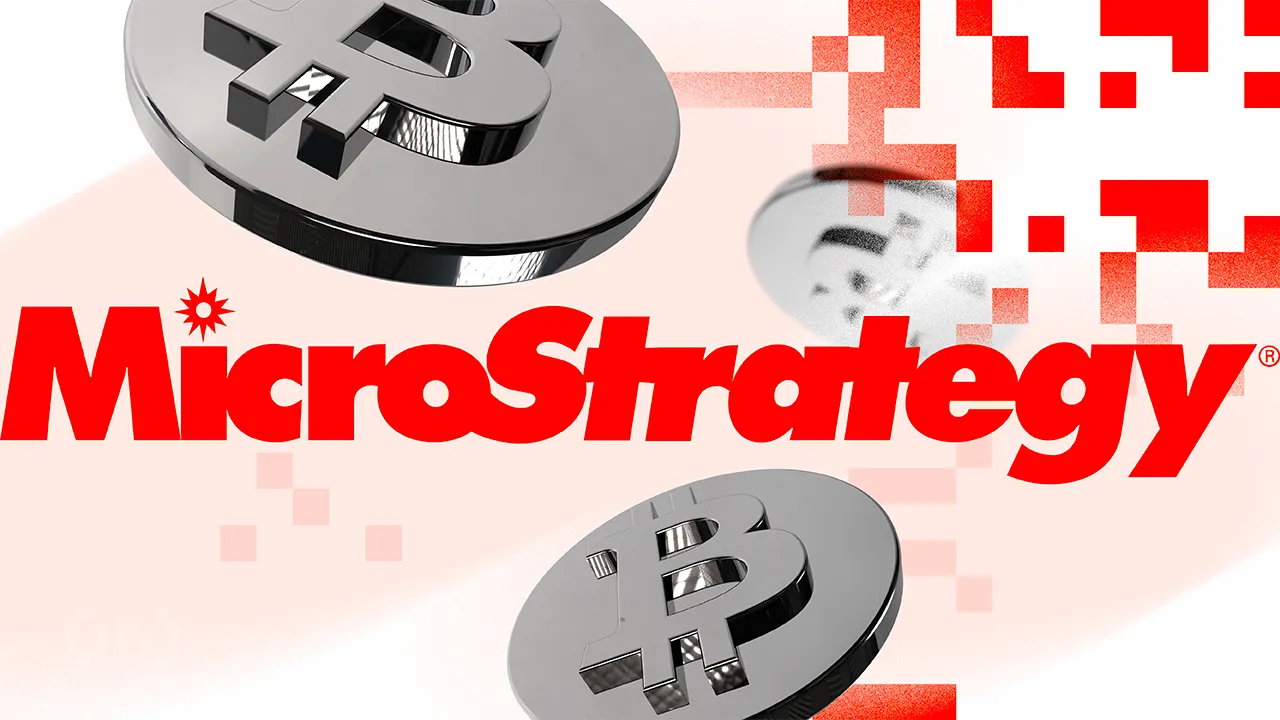
 Bitcoin18 hours ago
Bitcoin18 hours agoMicroStrategy Bitcoin Dump Rumors Circulate After SEC Filing
-
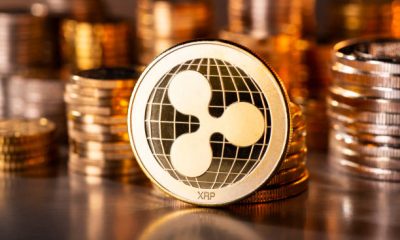
 Market18 hours ago
Market18 hours agoXRP Primed for a Comeback as Key Technical Signal Hints at Explosive Move
-

 Altcoin22 hours ago
Altcoin22 hours agoNFT Drama Ends For Shaquille O’Neal With Hefty $11 Million Settlement
-

 Altcoin21 hours ago
Altcoin21 hours agoIs Dogecoin Price Levels About To Bounce Back?
-

 Altcoin23 hours ago
Altcoin23 hours agoEthereum Price Signals Strong Recovery After Forming Historical Pattern From 2020
-
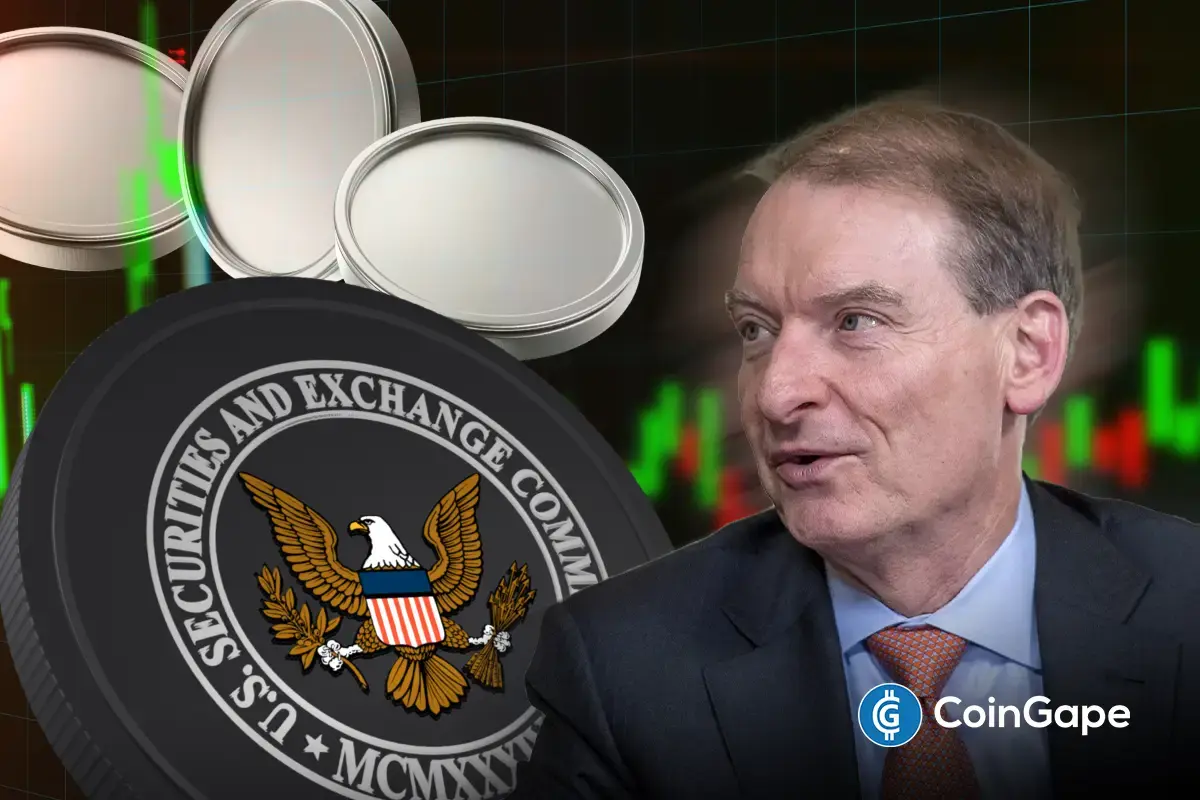
 Regulation18 hours ago
Regulation18 hours agoUS Senate Confirms Pro-Crypto Paul Atkins As SEC Chair
-

 Market20 hours ago
Market20 hours agoFBI Ran Dark Web Money Laundering to Track Crypto Criminals
-

 Market14 hours ago
Market14 hours agoBitcoin Rallies After Trump Pauses Tariff—Crypto Markets Cheer the Move



